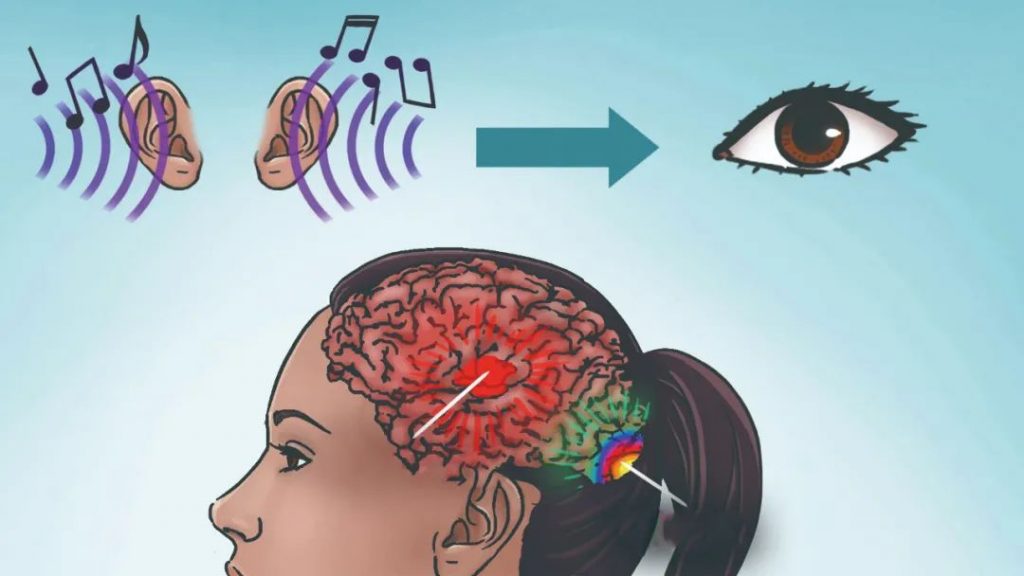The human brain has always been one of the biggest puzzles in the scientific community. Recent studies have found that the plasticity and complementarity of the brain are amazing.
Pianists have different brains
Neuroscientists have noticed that professional pianists have a small bulge on the spine of the cortical motor area (the brain area that controls movement) compared with ordinary people. This is because they often perform “finger movement” for more than thousands of hours – just like if a person spends a lot of time exercising, his biceps will be “bulged” than ordinary people.

Neuroscientists have studied animals. They believe that the human brain is the same as that of animals. This “bulge” (essentially cortical bulge) is caused by multiple rewiring connections. Not only have new synapses (connections between nerve and brain cells) grown, but the molecular mechanisms of these synapses have also changed. Neurons can grow more branches, sometimes forming new neurons.
Obviously, since we cannot dissect the living human brain, it is difficult to observe these changes at the molecular and cellular levels. But we can clearly see their impact on people’s behavior and ability. This is why we can continue to learn new skills in the day after tomorrow, and why some blind people can learn echolocation like bats.
The brain can “fill” but not “omnipotent”
Brain scans show that people who lose vision usually begin processing input from the ear and touch from the part of the eye that receives the signal. If a person keeps blindfolded for a few days, so does the brain. Considering this “flexibility” of the brain, some researchers have designed special vests and wristbands for deaf people. After capturing the sound, these special equipment will convert it into vibration, so as to inform the wearer (he is attached with a cushion sensing vibration).
Our nervous system seems to be able to quickly accept this flexible “replacement”. For example: in virtual reality, there is also an arm on people’s chest. Guess how long it takes people to adapt to their three arms? The answer is – just three minutes.
There is a reason for the decline in brain plasticity. If plasticity does not decline, people will not develop “stereotypes” (linking concepts to things). If the brain keeps a strong plasticity, it will be like a newborn baby, unable to distinguish the things corresponding to the concept, resulting in a sense of helplessness.
Interesting “Synaesthesia”
This “Prejudice” can also be interpreted as “Synaesthesia”, that is, to communicate the feelings of different senses and cause sensory transfer through association. Some people associate letters with colors. For example, when they see “a”, they think of “blue”.
This association of “letter color” is very common in native English speaking countries, because people in these countries often use “letter models” (similar to a toy) with different colors to assist children in learning. The researchers believe that the “Synaesthesia phenomenon” is because early formed memories are too stable.
The “letter color” association appears because some people can’t forget the color of the first letter they learned as a child. The pairing of letters and colors is usually random. “A” is “blue” in the eyes of some people and “green” in the eyes of others – depending on what color it is when the person first knows it (the color of models from different manufacturers may be different). For some Americans born in the 1970s and 1980s, their pairing is: A is red, B is orange, C is yellow, D is green, e is blue, f is purple… And the most popular “children’s letter model learning suit” at that time, the color of each letter model is exactly the same.
There are also some uncommon synaesthesia phenomena, such as the relationship between sound and color. It is not clear how they are connected, but it is obvious that this kind of synaesthesia is also reasonable.
Comments